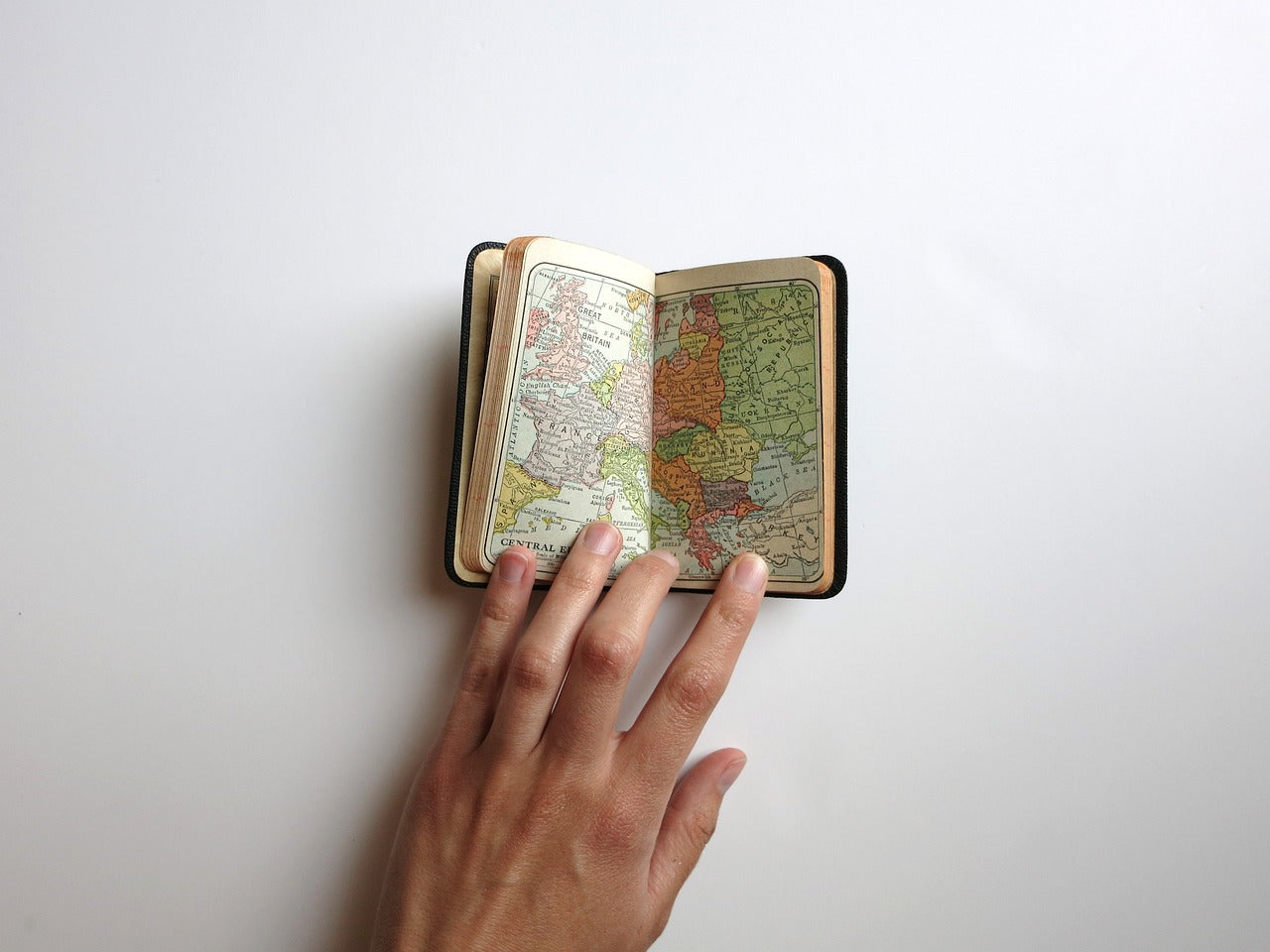by Jason Parks
This is the second entry in Jason Parks' guest blog series sharing how to engage kids with contemporary global poetry. It's drawn from his experience teaching the work of Chamoru poet Craig Santos Perez. Click here for the first blog in the series covering poem translation.
One highly active activist poet who has repeatedly caught my attention in my own quest to cross poetic and linguistic borders is Craig Santos Perez. His work constantly inspires me to think about poetic form and about the relationship between the poet and his/her/their cultural heritage. One concept in particular that I’ve learned from his poetry (and critical essays on his poetry) is the tradition of the Song Map.

In short, a song map is a Micronesian tradition of creating a song “that would weave geographic, biological, and sensory elements together in order to form a map. These songs would take on features such as the stars, the color of the water, the features of shorelines, changes in clouds, the songs of birds. So long as these songs were remembered and passed on, a return journey was always possible. You could find your way back there, even generations later” (Bevacqua; Perez).
When I first introduce my students to Perez’s work, I often start with this concept. Not only does this concept of a ‘song map’ allow my primarily midwestern US-based students an opportunity to gain a deeper understanding of Chamoru culture, but it also allows us to think more broadly about the role of poetry/songs in our everyday lives.
Activity 2: Making a Song Map

Here are three simple steps you can follow to make a song map of your own:
Step 1: Find and print or draw an actual map of your community, school campus, a local park, or a space that’s important to you. It can be as small as a coffee shop or as large as a National Park.
Step 2: Write brief lines, couplets, or stanzas based on memories or personal associations you have with the places on the map. Write those lines directly on the map. You can also use only words to draw the map itself.
Step 3: Read one of Perez’s poems and try to imitate some of his poetic forms. Begin your own poetic song map by recounting a personal experience or memory by inventing a new poetic form!
Jason (J.R.) Parks has been teaching English full-time for 15 years and is the author of four children’s fantasy novels. His newest novel, Leo and Notsch, follows the adventures of a young boy who discovers a trio of wizards and a dragon hiding out in his small town of Galileo, Missouri. J.R. Parks is on twitter @jrparks321 and can be reached at www.parkswrites.com. He and his spouse, author Kendra Parks, run a small press currently focusing on publishing children’s books.

